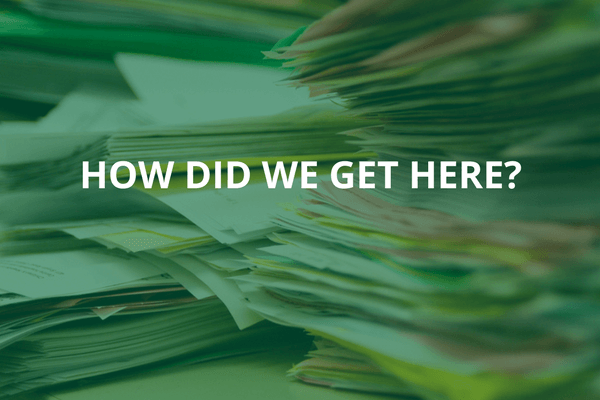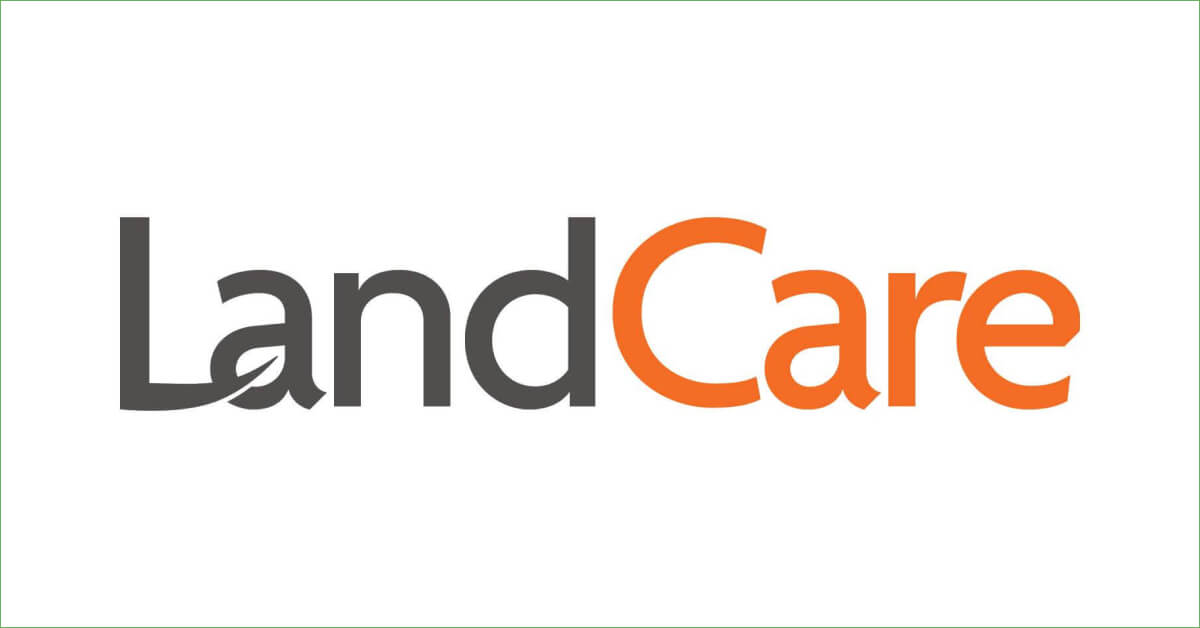Considering that calculators have been part of accounting for more than a century, it should be no surprise that technology is an integral part of accounting.
Software solutions such as Excel and ERP’s are ideal for accounts payable and accounts receivable teams for much of the daily work in accounting that requires straightforward processing of invoices and payments. These technologies reduce errors, ease financial reporting and other tasks.
What the software solutions do not provide is the elimination of tedious labor-intensive tasks such as data entry, matching invoice with receiving and PO information, cash application and reconciling deductions and credit memos. Robotic Process Automation (RPA) as we know it today is relatively new to the field of accounting. It is pushing automation of the mundane tedious tasks in accounting to new levels. Although it’s obvious RPA is growing and here to stay, we can learn a great deal about it through understanding its history.
Here’s a brief rundown of the evolution of automation and robotics in the accounting field.
Legacy Systems
Long before there was a computer on every desk, accounting professionals used legacy systems to manage activities like payroll and invoice processing. If you’ve been in the workforce for a while, you may remember these systems for their use of system terminals with green text on a black background. Over time, legacy systems have been phased out in favor of more sophisticated solutions that enabled companies to integrate new technologies to improve their productivity and their ability to manage the increasing volume of data.
Electronic Documents
As offices welcomed the era of Microsoft Office Suite, professionals discovered they had more tools at their disposal. They could create invoices using Microsoft Word or Excel, email them using Outlook or their office email solution, and track everything using Microsoft Excel. Businesses also began building customer databases they could use when they needed to contact customers individually or send out mass mailings. The advent of electronic documents enabled companies to quickly and easily move documents around the company for review and processing. Electronic invoices could be emailed which enables companies to avoid the costs and delays of USPS. The faster delivery of the electronic invoices via email also resulted in quicker receipts of payments from customers, reducing DSO.
Cloud Based Systems
In recent years cloud –based computing has gained in popularity. Cloud-based computing (also known as Software as a Service, or SaaS) was developed to allow users access to software applications running on shared computing resources via the Internet. These computing resources are maintained in remote third party data centers dedicated to hosting various software applications on multiple computing platforms. Cloud based computing has much lower upfront costs, because computing resources are leased rather than purchased and they give companies access to their software applications at any time from any location. This new model has been valuable to small and medium-size businesses (SMB’s) because it provides access to full-function applications at a reasonable price without a substantial upfront expenditure for hardware and software and it provides a platform that can rapidly scale their business productivity software as their business grows.
Workflow Automation
Workflow automation followed the development of electronic documents and streamlines manual and paper-based processes often comprised of unstructured tasks involving people, processes, and content. Initially developed to automate the front office operations of companies, it later filtered down to the back office operations for use in the finance and accounting departments of companies. It improved processes and created standardized processes enabling personnel to process work wherever they were, whenever they wanted and then routing it to the right recipients in the best way for them to use it.
Workflow automation is a created series of business rules for the steps in a business process. It allows teams to spend more time on the actual work itself and less time on the processes that support them such as applying rules and routing them to the correct individuals.
Workflow automation improves internal communication because no one has to remember to tell the next person it’s their turn to do something as the system will automatically take care of this task. Everyone knows what specific tasks they are responsible for. Time stamping also reveals which tasks take the most time to complete and where the process seems to get held up the most frequently so that action can be taken to improve the process. It also reduces errors because it keeps necessary tasks from going unnoticed and ensures that set business rules or internal controls are being followed.
Artificial Intelligence and Robotic Process Automation (RPA)
The latest evolution is Artificial Intelligence and Robotics Process Automation. As valuable as technology is to the field, it still brought limitations. Those limitations meant that automation provided support for the work professionals did, rather than a replacement for it. But software has grown more sophisticated in recent years, thanks in large part to artificial intelligence (A.I.). With A.I., machines have the ability to gradually learn from past results (Machine Learning – ML), just as humans learn from both positive and negative outcomes.
Robotic Process Automation is the use of software with Artificial Intelligence (AI) and Machine Learning (ML) capabilities to handle high volumes of repeatable tasks which are normally done by individuals. RPA allows, we say, extracting the robot out of the human. Robotic Process Automation is a tool for the non-technical business users who want to take advantage of the software robots to do repetitive things for them instead of performing the task themselves. These tools can be used to automate the frustrating and time consuming mundane tasks resulting in higher job satisfaction.
As with previous technologies, AI and RPA is ideal for the accounting field. Today’s accounting solutions go beyond merely automating workflow, becoming more precise in their calculations and developing the ability to reduce errors. In addition to AI, today’s software is often cloud-based, allowing workers to manage approvals and payments without having to print items or send them through email. Portals can even be set up to allow authorized parties to submit and pay invoices in one place, reducing slowdowns and improving security.
Robotics will continue to power the accounting industry, taking over the most mundane daily activities so that AP professionals can focus on higher-level job tasks. In addition to making office life easier, technology can also speed up processes, giving approvers and clients the tools they need to manage and track payments as efficiently as possible.
Read more about Robotics Process Automation
An Overview of Robotic Process Automation (RPA)
How Robotics Process Automation (RPA) Is Changing Accounting
Robotic Process Automation: What RPA’s Rapid Growth in Popularity Means for Finance and Accounting
Busting the Myth: Robotic Process Automation (RPA)
The Benefits of Robotic Process Automation (RPA)
Robotic Process Automation Myths Debunked


















